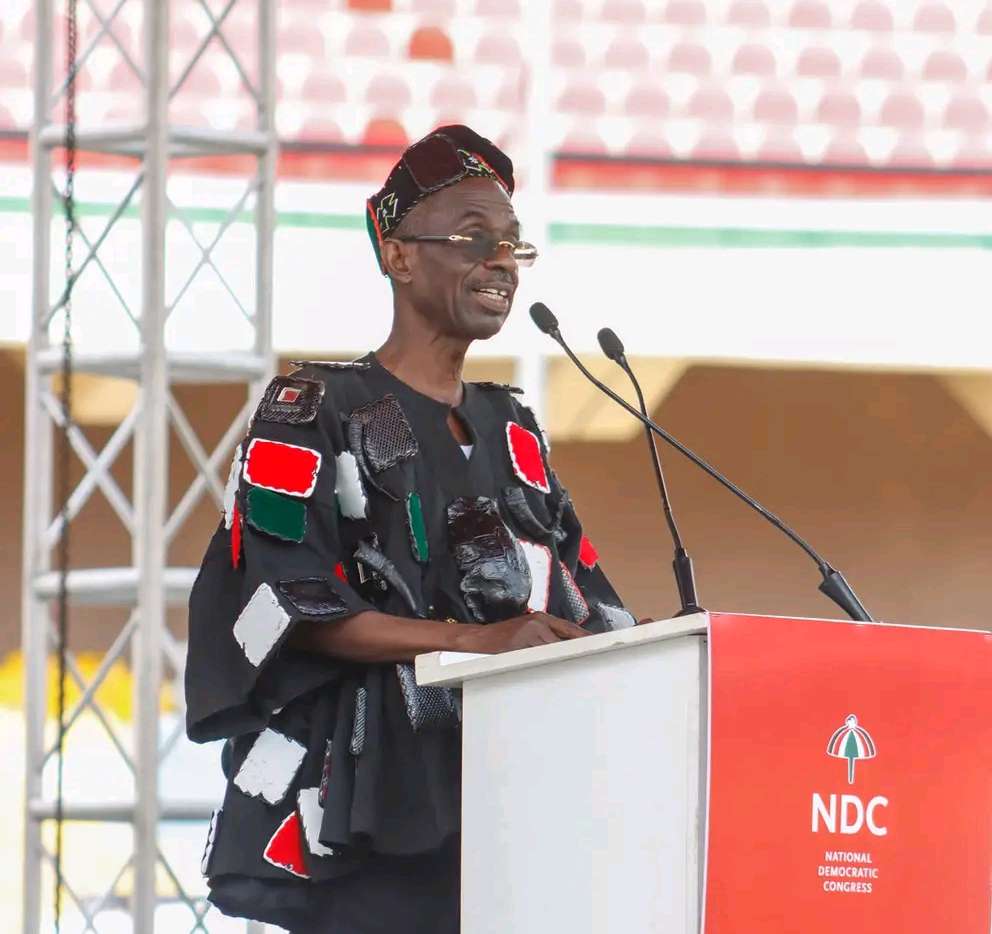A former Chairman of the Electoral Commission of Ghana, Dr. Kwadwo Afari-Gyan, has urged the Electoral Commission (EC) to reconsider the establishment of numerous collation centres in the election management process.
Dr. Afari-Gyan expressed concern that having multiple collation centres could potentially lead to disastrous consequences, as each centre becomes susceptible to election manipulation during the electoral process.
Over the course of Ghana’s history, elections have frequently been marred by controversies, including allegations of malpractices during the collation of results.
The 2020 general election witnessed disturbances and loss of lives in Techiman South due to challenges encountered during the collation process.
Concerns were also raised regarding the activities taking place within various collation rooms designated for the tabulation of presidential election results.
Speaking at a forum commemorating the 60th anniversary of the political science department at the University of Ghana, Dr. Afari-Gyan advocated for the integration of technology in the collation process instead of creating numerous layers of centres.
“Voter tabulation sounds like a simple and straightforward activity, however, examples from recent elections will indicate that collation centres are the most vulnerable points in manipulating election results. So it is not desirable to set up many collation points in the results management process.
“Each collation centre represents a point where results can be corrupted wilfully or through mistakes. Also the more collation centres there are, the more difficult to track changes and results.”
Dr. Afari-Gyan also stressed the importance of ensuring that the technology to be deployed for the election management process aligns with the specific requirements and environment of the electoral system.
He advised a cautious approach to adopting technology, emphasizing the need to consolidate each step before moving forward.
Furthermore, he highlighted that if technology is to be utilized by voters, it should be user-friendly and straightforward. He emphasized the significance of comprehensive testing of the technology within the local context before its implementation.








































